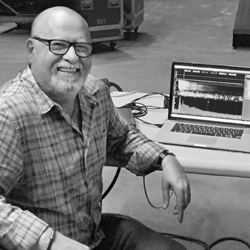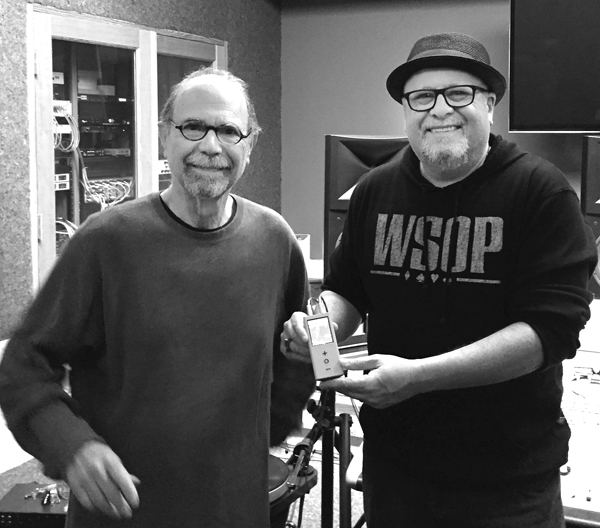
Pursuing The Goal
At first, building Smaart was a part-time project. While there were existing techniques at the time for achieving what was envisioned, they weren’t readily available in software packages and didn’t allow taking measurements over the necessary time periods and frequency ranges in a quick and effective manner. Still, Berkow didn’t envision the platform ever becoming as pervasive as it has.
“I thought a couple of dozen people would buy it,” he says. “I wrote letters to people in acoustics saying I’m going to build this tool. I’m confident I can get it to work, can you send me a thousand dollars and I’ll send you whatever I come up with. Surprisingly, people sent me money.”
There were bumps in the road along the way. For example, he’d been doing acoustical work for Bell Laboratories, where he came in contact with some top-notch programmers who seemed interested in the project. “I’d say, ‘I need to an echo canceller and I need something that will measure impulse responses,’ and they’d say ‘Sure, no problem’,” he says, adding that unfortunately, those programmers had other priorities. “I wanted and needed people who were dedicated to building audio and acoustic tools.”
A clarifying piece of advice from his first wife, who had a business degree, helped put things on the right path. “She said, ‘Start a company. Hire people who are interested, put up money, and write a business plan.’ It’s some of the best advice I’ve ever gotten, by the way.”
He had little idea of how to actually do this, though. An uncle who’s a lawyer guided him through the business plan process with some tough but invaluable counsel. “I wrote it and sent it to him, then called and asked, ‘What do you think?’” He replied, ‘Paragraph 1, sentence 1 – Why the heck do you think that’s true? Sentence 2 – What does DSP mean?’ I said everyone knows what it means. He said, ‘I don’t. Write it out. Sentence 3 – Are you kidding me?’
“Literally, by page two, I had tears running down my face, and he said, ‘It’s simple: What are you going to do? Who’s going to pay for it? What’s it cost to get running and sustain? Who’s the market? How are you different? What type of market penetration is reasonable to expect over some reasonable time? If you tell me you’re going to hold 90 percent of any market in three months, it’s either not worth having or you’re full of it. Come up with reasonable projections and answer those questions clearly.’”
Thorny also served as a partner in terms of both advising on the development of Smaart in addition to supplying financial support. Others, ranging from Pearson to Manfred R. Schroeder (noted physicist and acoustician, and inventor of the voice-excited vocoder), were quite generous with their time and input. “Don called every day and asked how it was going, and looked over beta versions and told me what was missing,” he says. “And one of the guys from Blue Man Group let me use their theater as a test facility and didn’t charge me anything. People encouraged innovation and that’s always inspired me.”

SIA (short for “Sam I Am”) Software Company was officially established in 1993, and soon after, JBL Professional was licensing the platform, bringing it international attention, with Berkow traveling the world to teach it to eager users. Still committed to his work with acoustical design rather than running a software company, he sold the company to EAW in 1997.
Different Views
After Artec was contracted to work on the Meyer Symphony Center in Dallas, Berkow began making regular trips there, meeting top architectural acousticians Russ Berger and Jack Wrightson of the Joiner-Rose Group.
He ultimately relocated to Texas to work more closely with them, and it provided exposure to a wider range of projects. He realized that people weren’t looking at room and sound system measurements in the way he did, something that helped inform Smaart development.
“I wanted long impulse measurements, different frequencies and reflection structures, and to tie them back to geometric constructs; as well as the way rooms were shaped and how systems were behaving in them in terms of direct-to-reverberant sound, total balance and uniformity,” he explains.
With the eventual dissolution of the Joiner-Rose Group, Berkow founded SIA Acoustics to provide consultation, design and planning for performance venues and recording facilities. Established and headquartered in NYC, the company also has a satellite office in Los Angeles where he now lives and works.
